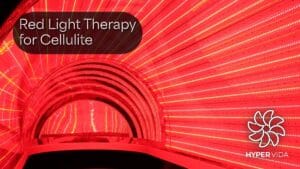Hyperbaric oxygen therapy (HBOT) is being studied as a potential way to support brain recovery following injury. One experimental study examined the influence of hyperbaric oxygen treatment on neural plasticity in rats with cerebral ischemia, with a focus on how oxygen therapy might affect motor skills and cellular markers of brain repair.
Study Overview
Researchers worked with ninety adult Sprague-Dawley rats, dividing them into three groups: a sham-operated control, a cerebral ischemia model, and an HBOT treatment group. The ischemia was induced by middle cerebral artery occlusion, a standard model for stroke. Motor function was assessed through a beam walking test, while molecular and cellular changes were analyzed using immunohistochemistry and quantitative real-time PCR.
Key Findings
- Motor Function Improvements: Rats in the HBOT group showed better performance on motor skill tests compared to untreated ischemic rats.
- MAP-2 Expression: Microtubule-associated protein-2 (MAP-2), an important marker of neuronal structure and synaptic integrity, was highest in the HBOT group during the first two weeks of observation.
- GFAP Reduction: Glial fibrillary acidic protein (GFAP), a marker linked to astrocytic activity and scarring, was lower in HBOT rats compared to the model group, suggesting reduced gliosis, though still higher than sham controls.
- Gene Expression Patterns: PCR confirmed higher Map-2 mRNA and lower GFAP mRNA levels in the HBOT group, further supporting the histological findings.
What This Suggests
The results indicate that hyperbaric oxygenation may promote neural plasticity by enhancing neuronal structural proteins while reducing excessive glial activity. These changes could contribute to improved motor recovery after cerebral ischemia.
Looking Ahead
While this animal study highlights promising mechanisms, more research is needed before conclusions can be applied to human neurological recovery. Still, the findings provide valuable insight into how HBOT and brain repair mechanisms might be connected, supporting ongoing exploration into its role in neuroplasticity and recovery research.
Check out the PubMed article here: https://pubmed.ncbi.nlm.nih.gov/19141977/







